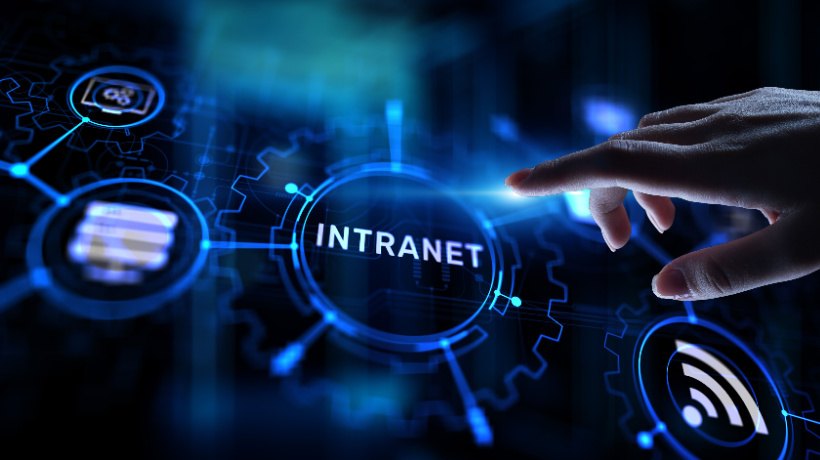Flipping The Table On Employee Learning
I love a good Learning Management System (LMS). Really, I do! I spent almost two decades in the education and Instructional Design field and have authored courses in some of the best-in-class LMS software. Why then, when it comes to employee learning, are so many organizations moving away from traditional LMSs? Let's see if we can shed some light on this question.
The Evolution Of The Learning Technology Landscape
LMS platforms have long been the backbone of corporate learning, offering centralized control over training, course catalogs, and compliance tracking. But guess what? The workplace is changing, as are the needs of employees. More than ever, there's a demand for learning that is immediate, accessible, and embedded directly into the tools employees already use daily. This shift is part of a larger trend that aligns with the concept of "learning in the flow of work," as described by renowned industry expert Josh Bersin.
Bersin says that historically, the learning technology landscape has evolved in distinct phases. In the 1990s, companies replicated traditional classroom settings online, giving birth to eLearning courses and LMS platforms. The 2000s saw a shift toward talent management systems focused on competencies and job-aligned learning paths. In the last decade, however, we've seen the rise of continuous learning solutions, microlearning, and mobile-first libraries, which cater to today's work environments. Yet, even these systems don't fully address one crucial issue: employees don't have the time to engage deeply with formal learning programs.
According to Devlin Peck’s research, 68% of employees prefer to learn and train while they are at work. Read that again. A whopping 68% of employees want to do their training and professional learning while they're at work. So what does that mean for employers?
For starters, it means employers need to find ways to make learning fit seamlessly into an employee's workflow in the apps they already use, rather than forcing them to log into separate systems. This is where integrating learning directly into an organization's intranet becomes a game-changer.
From LMSs To Intranet-Based Learning
The modern workforce is no longer interested in learning for the sake of consuming endless amounts of content. Unlike consumer platforms such as Netflix or Facebook, where engagement is driven by endless content consumption, corporate learning is different. As Bersin points out, the goal of corporate learning is to help employees learn quickly, apply what they've learned, and return to work equipped with the necessary skills to improve performance.
Bringing employee learning into the company intranet aligns perfectly with this shift. Many organizations have intranet software, so it only makes sense to integrate learning into the place employees go for communication, collaboration, and accessing critical information. And we're not just talking about linking out to your LMS from your intranet. We're talking personalized, engaging, gamified training courses that can be hand-picked by employees, or, those"required" training courses that management needs employees to consume. This streamlined approach reduces the need for employees to switch between systems, creating a more seamless learning experience that fits into their daily workflow. And the best part is, this technology already exists!
Learning In The Flow Of Work With Intranet-Based Learning
Embedding learning into the intranet fosters a "learning in the flow of work" model, where employees can access relevant learning content right when they need it. Whether it's sales training, leadership development, or technical troubleshooting, learning materials are delivered contextually—without interrupting the workday. This model is particularly powerful because it directly addresses one of the biggest pain points identified by both employees and learning leaders: a lack of time.
Bersin's research shows that employees only have about 24 minutes per week for formal learning. Rather than expecting workers to carve out dedicated time for long training sessions, intranet-based learning meets them where they are. If an employee is in a project meeting and needs quick information on a new tool or process, they can access learning content directly through the intranet, helping them solve a problem in real time, rather than having to log into an LMS and try to remember where that information lives.
The Future Of Learning Is Embedded
As organizations look to streamline their tech stacks, moving away from standalone LMS platforms and integrating learning into the intranet is a natural progression. By embedding learning into daily workflows, companies can provide employees with immediate, actionable knowledge that drives performance and supports career development.
Intranets offer a solution for organizations that recognize the need for continuous learning but want to eliminate the friction of traditional LMS systems. As Bersin suggests, the future of learning lies in its ability to adapt to the needs of employees, delivering learning in the flow of work while reducing the time spent away from essential job tasks. Intranet-based learning is not just a trend—it's a necessary evolution in how we approach corporate education in the digital age.

